

SPRING
Checklist
March
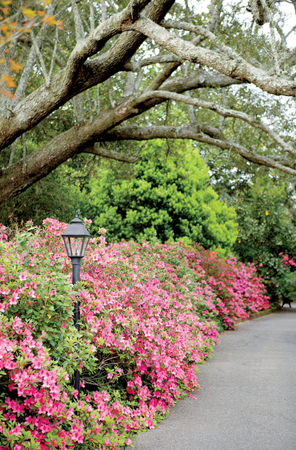
ASSESS YOUR AZALEAS
As this Southern classic comes into bloom, mark the color of each plant, if you haven’t already planted them by color. For maximum impact, group azaleas in masses of one hue or in layers of different shades. It’s okay to move them while they are blooming. But if you wait until they finish, they can be rearranged, pruned, and shaped for a better show next year.
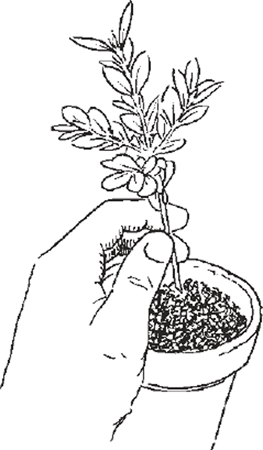
ROOT A BOXWOOD CUTTING
It’s easy to get more boxwoods without spending a dime. Cut off a twig about 6 inches long. Strip off the two or three lowest pairs of leaves. Dust the cut end with rooting powder. Stick the cutting into a pot of moist potting soil, and place it in shade. It should root within one month.
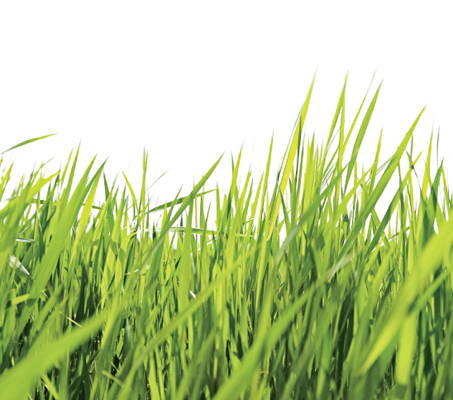
FEED YOUR LAWN
Fertilize warm-season lawns, such as Zoysia, Bermuda, and St. Augustine, after they turn green.
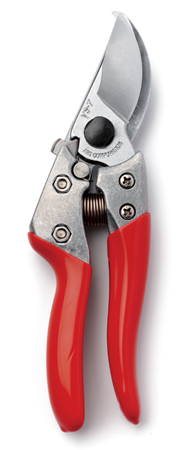
SHAPE UP SHRUBS
Prune spiraeas, forsythias, flowering quince, and azaleas once they have finished blooming. If you wait until summer to cut them back, you will remove next year’s blooms.
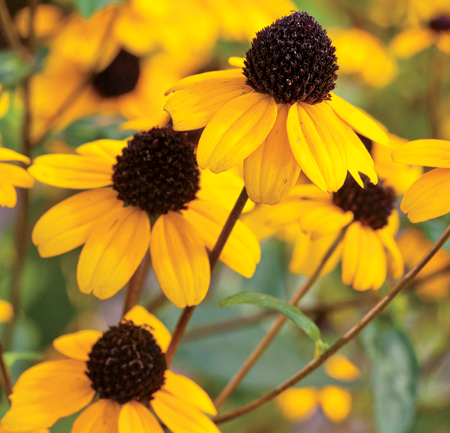
DIVIDE PERENNIALS
Crowded bloomers, such as Shasta daisies, chrysanthemums, and black-eyed Susans, should be divided and replanted now. If you have room, space them out in your beds. If not, pass some along to a neighbor or fellow gardener.
April

PLANT TOMATOES
Choose large containers, or plant them in a sunny spot in the garden. Tomatoes prefer moist, well-drained soil with lots of organic matter. Before planting, remove the lower leaves of your tomato plants with clippers or sharp scissors. Bury the stem up to the first two leaflets on the plant. It will develop roots along the entire buried portion of the stem.
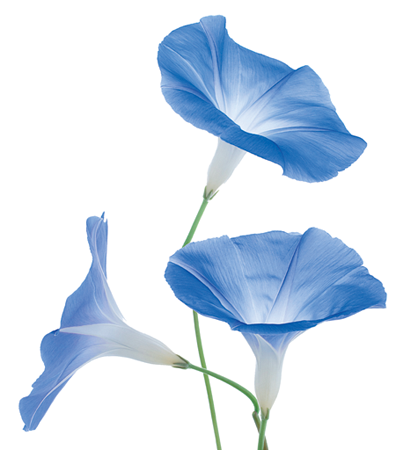
GROW VINES
Moonflowers, morning glories, and hyacinth beans are pretty additions to the garden. Wait until the soil has warmed to sow seeds. Soak seeds overnight in water to soften the seed coat and help speed up germination.
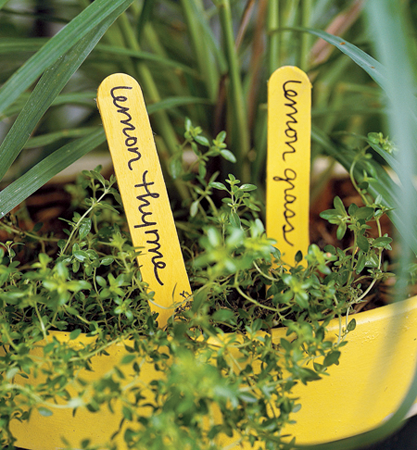
PLANT HERBS
Culinary herbs are easy to grow. Once the frost period has passed, you can safely plant. Be sure to plant enough of the ones you frequently use. Keep this in mind: It generally takes twice as many fresh herbs as it does dried ones to equal the same amount of flavor in cooking.
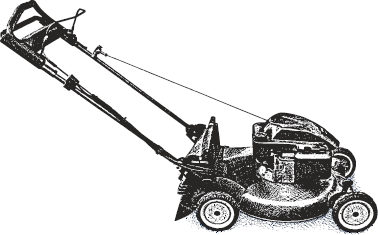
CUT THE GRASS
It’s time to start cutting warm-season turf, such as Bermuda, St. Augustine, and centipede. Be careful not to scalp your lawn. Adjust the blade height on your mower so that you remove only about the top third of the grass blades each time you cut the lawn. During periods of fast growth, try to mow your lawn at least once a week.
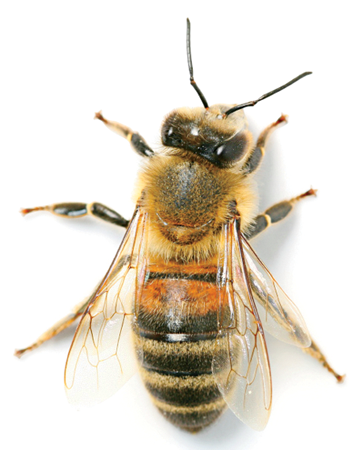
ATTRACT BEES
Don’t be afraid! Bees are a gardener’s friend because they help pollinate. Plant some flowers near your tomatoes and squash to lure them.
May
SOUTHERN MAGNOLIA
{MAGNOLIA GRANDIFLORA}
Fragrant flowers and glossy evergreen leaves make this Southern native a must for gardeners. Magnolias bloom best and grow fuller in a sunny spot. They prefer rich, well-drained soil but tolerate a range of conditions. Use as specimens, or plant several as a large screen. Look for named selections when buying, and water regularly TO transition them into your yard.
Note: They’re messy and drop leaves.
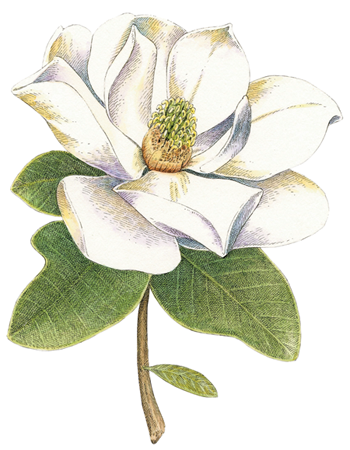
SOUTHERN MAGNOLIA SELECTIONS
‘Brackens Brown Beauty,’ ‘Claudia Wannamaker,’ ‘Little Gem’ (good for small spaces), ‘Edith Bogue’ (cold hardy), ‘Alta,’ ‘Teddy Bear,’ ‘Baby Grand’

TRY HYDRANGEAS
Plant different types for gorgeous garden blooms. Our native oakleaf hydrangea (Hydrangea quercifolia) offers the earliest blooms in snowy white. The summer blooms of French hydrangeas (H. macrophylla) respond to the soil pH. Blue flowers are produced in acid soil (pH 5.5 and lower), and pink flowers are produced in alkaline soil (pH 7 and higher).
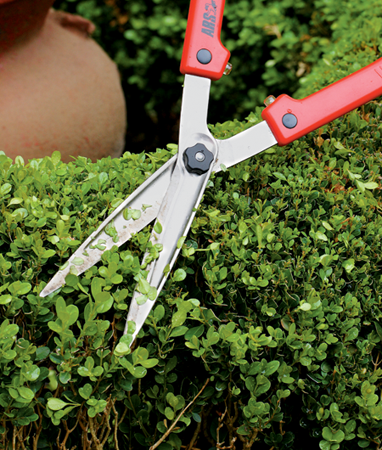
TRIM YOUR HEDGES
Boxwoods will benefit from a little pruning now. Shear them into formal hedges, if you like, or use hand pruners to open up the plants and remove some inner branches. This improves air circulation and reduces disease.
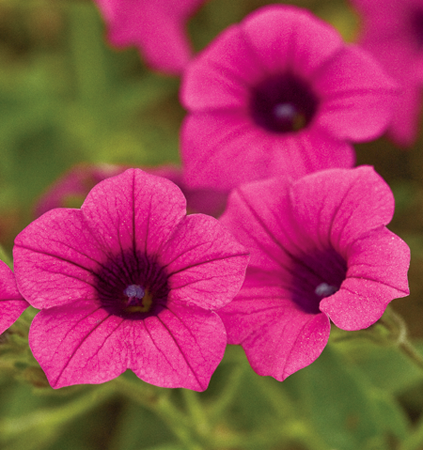
SET OUT ANNUALS
It’s time to finish planting your summer annuals, such as petunias, marigolds, salvia, and impatiens. If the plants are in pots or trays, make sure the roots are not so matted that they can’t expand into the soil easily. If they are, gently pull the roots apart.

SUMMER
Checklist
June
BLACK-EYED SUSAN
{RUDBECKIA HIRTA}
Among the South’s most beautiful native wildflowers, these bright yellow blooms will cheer up any border. Various selections offer new and different color combos. They can be biennials or short-lived perennials. Plant seeds or transplants in sunny spots with average, well-drained, slightly moist soil. Black-eyed Susans make great cut flowers and will attract butterflies, plus deer tend to avoid them.
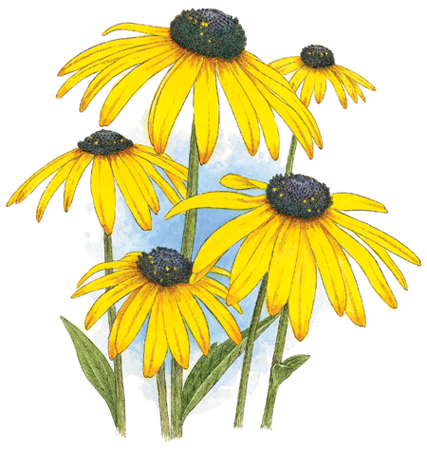
BLACK-EYED SUSAN SELECTIONS
‘Irish Eyes’ (green centers), ‘Denver Daisy,’ ‘Indian Summer’
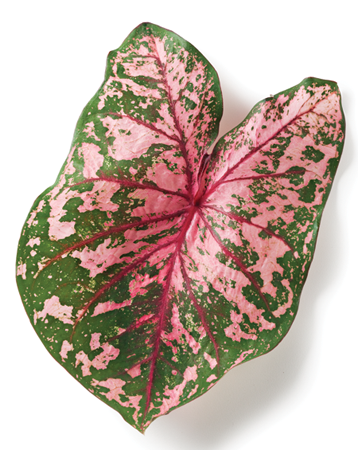
GROW CALADIUMS
For easy, dependable color in shade, caladiums can’t be beat. The leaves come in a variety of colors and shapes and pair well with impatiens, silver ribbon fern, asparagus fern, Korean rock fern, and variegated creeping fig.
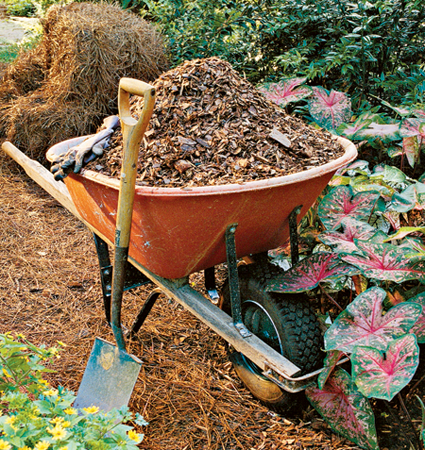
MULCH NEW PLANTINGS
Apply extra shredded bark or pine straw mulch around newly planted trees and shrubs. This will reduce water loss and heat stress on the new roots.
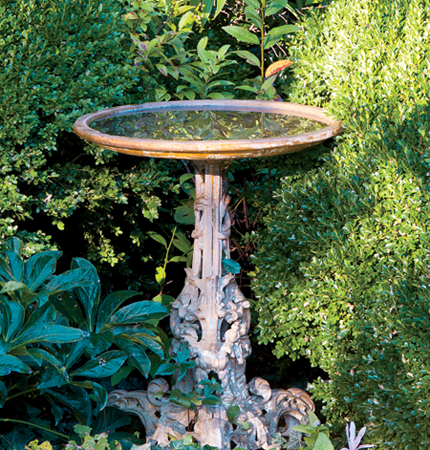
GIVE BIRDS A BREAK
Relocate birdbaths to a shady spot to slow evaporation and keep water from becoming hot. Place it near a small tree or large shrub to give birds shelter too.

WATER PLANTS
Pay attention to hanging baskets and containers because they dry out more quickly with the higher temperatures. Irrigate plants at dawn and dusk to reduce water loss from evaporation. As you make additions to your garden, you will need to water them more than established areas.
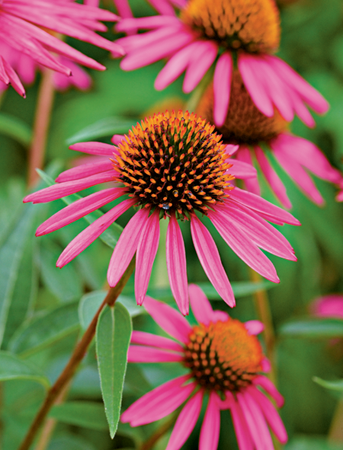
PLANT A PERENNIAL
Purple coneflower (Echinacea purpurea) will bloom year after year in your garden. Try ‘Ruby Star,’ ‘Magnus,’ and ‘Bravado’ for shades of purple. ‘White Swan’ and ‘White Lustre’ offer elegant snowy blooms.
July
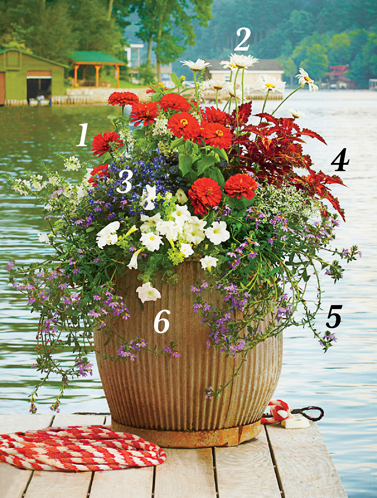
PLANT A PATRIOTIC MIX
Try this red, white, and blue container in full sun. Keep in mind that planters dry out fast in the summer; retain moisture by adding several handfuls of compost or peat to the potting mix.
1. Red zinnia
2. Shasta daisy
3. ‘Techno Blue’ lobelia
4. ‘Watermelon’ sun coleus
5. ‘New Wonder’ fanflower
6. ‘Supercascade White’ petunia
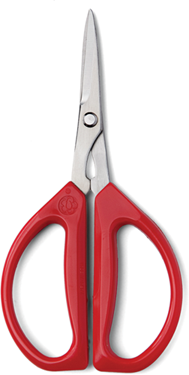
CUT BACK ANNUALS
Trim leggy plants now so they will be full in the fall. Cut back impatiens, coleus, begonias, narrow-leaf zinnias, and salvias by one-third. Water and then fertilize with a slow-release, granular product.
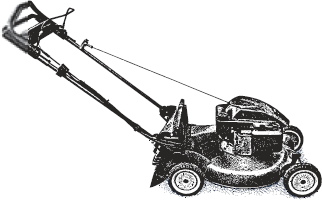
ADJUST YOUR MOWER BLADE
Raise the cutting height of your lawn mower by 1 to 1.5 inches to help your grass survive drought and heat. Tall turf shades the soil, slows evaporation, and reduces weed growth.
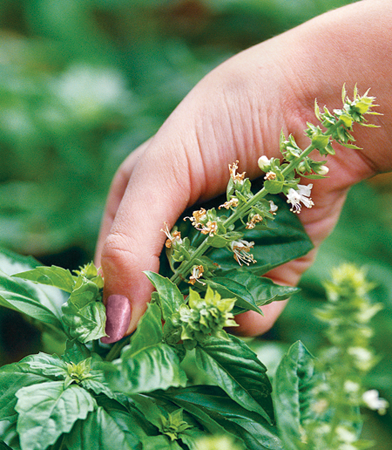
PINCH HERBS
Frequently pinch or trim basil, oregano, fennel, rosemary, and thyme to keep them in full summer production. Place a container or two on your porch, patio, or deck for easy access when you are grilling.
August
ROSE OF SHARON
{HIBISCUS SYRIACUS}
Rose of Sharon, or althaea, is a deciduous shrub that loves hot weather. It will bloom in sun or part shade. Newer selections in the Satin, Chiffon, and Lil’ Kim series offer plants in different sizes, colors, and flower forms. Use them in the back of the border or as a bright informal hedge. They are attractive to butterflies and hummingbirds.

ROSE OF SHARON SELECTIONS
‘Lavender Chiffon,’ ‘Blue Chiffon,’ ‘Azurri Satin,’ ‘Ruffled Satin,’ ‘Blue Satin,’ ‘Rose Satin,’ ‘Lil’ Kim Violet’

ROSARIAN MUST-HAVE
If you ever try to tackle a rosebush without gloves, you’ll come away looking like you tried to bathe with your cat. Rose gauntlet gloves ($36.95; gardeners.com) offer plenty of forearm and hand protection without being stiff. You can also use them for picking blackberries or taming other prickly plants.

FALL
Checklist
September
AMERICAN BEAUTYBERRY
{CALLICARPA AMERICANA}
This native, deciduous shrub starts to show off now with purple berries and leaves that turn a pale yellow. After the foliage has fallen, the berries (which birds love) are especially showy, hugging the arching stems. Plant American beautyberry solo or en masse in full sun to light shade. Prune in winter. In the Upper South, plants may freeze to the ground in cold weather but will come back.
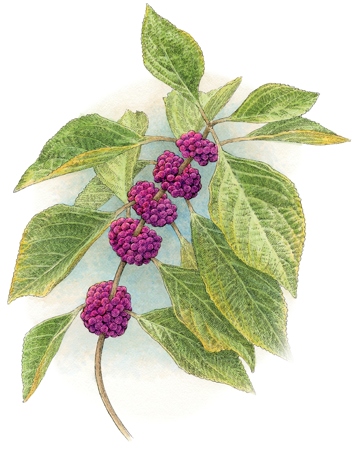
AMERICAN BEAUTYBERRY SELECTIONS
‘Welch’s Pink’ (pink berries), ‘Bok Tower’ (white berries)
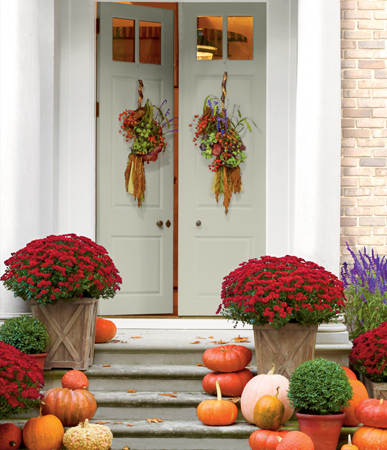
BUY MUMS
You’ll find every shape and color at nurseries this month. Plant them in fall beds or containers. Be sure to keep mums watered well. Look for tightly budded plants with just a hint of color for a longer show. If you’re adding them to a fall border, mulch to protect roots as they become established. For a pretty cottage garden look, try loosely growing, old-fashioned types like ‘Hillside Sheffield’ and ‘Single Apricot Korean.’
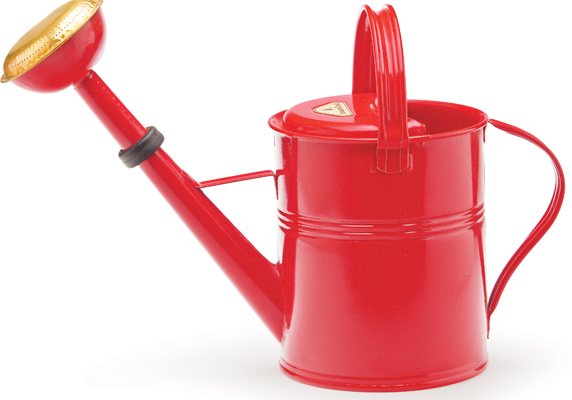
EASE UP ON WATERING
As temperatures begin to cool, plants need less water. Adjust your watering schedule for lawns and borders. Pay close attention to containers, as they can become waterlogged.
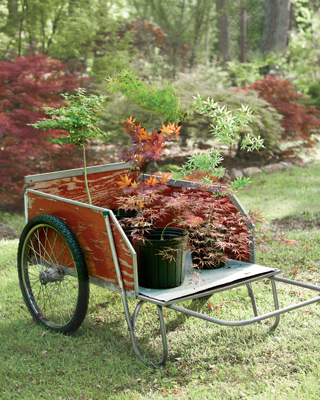
PLANT TREES AND SHRUBS
Bring your favorites home from the garden center. Planting in autumn allows them time to grow roots and transition into the garden.
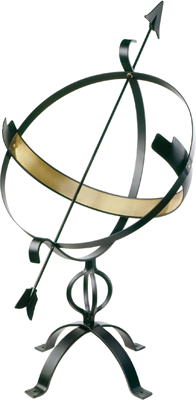
CELEBRATE THE AUTUMN EQUINOX
September 23 marks the end of summer and the beginning of fall. A new garden season lies ahead, one with cooler weather and fewer bugs. Now is the time to begin setting out fall annuals and vegetables, creating container gardens, buying bulbs, and planting shrubs and trees. This is one of the best times to garden in the South, so be sure to get outside, dig in the dirt, and enjoy the days ahead.
October

AMP UP YOUR POTS
Don’t let your pumpkins steal all the glory. Combine the season’s hottest hues in a vibrant mix of annuals, perennials, and shrubs.
1. ‘Snapshot Orange’ snapdragon
2. ‘Sparkling Burgundy’ heuchera
3. ‘Penny Clear Yellow’ viola
4. ‘Purple Pixie’ loropetalum
5. ‘Miracle’ heuchera

OVERSEED WARM-SEASON GRASSES
For a green lawn during the upcoming winter months, overseed centipede or Bermuda with annual ryegrass. Water lightly to help seeds germinate.
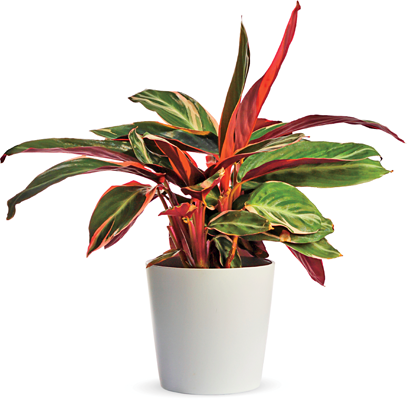
DON’T BRING IN THE BUGS
Before houseplants that have summered outside come indoors, make sure bugs aren’t hitchhiking on the foliage. Fill a spray bottle with water, and add three or four drops of dish-washing liquid. Carefully spray each plant.
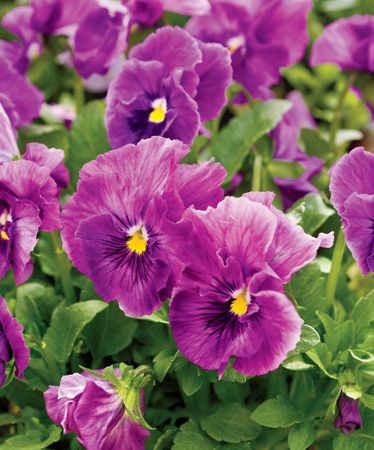
PLANT ANNUALS
Remove spent summer annuals, and replace them with pansies or other cool-weather annuals. For a good start, add a balanced slow-release fertilizer and compost to the bed before planting.
November

THINK AHEAD FOR SPRING
Buy and plant tulip bulbs now for bright blossoms in spring. Reliable selections include ‘Apricot Beauty’ (salmon) and ‘Monte Carlo’ (yellow), which bloom early in the season. ‘Ivory Floradale’ (white) and ‘Golden Oxford’ (yellow) are good midseason selections. ‘Maureen’ (white) and ‘Temple of Beauty’ (salmon) bloom later. If planting in a pot, nestle bulbs closely together for a full show. In beds, follow spacing on package.
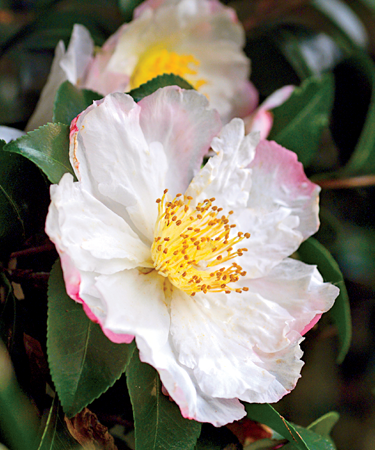
SHOP FOR SASANQUAS
For the best selection, look for sasanqua camellias (Camellia sasanqua) at the garden center now. These fall-blooming shrubs will put on a show through winter. Suited to all areas except the Tropical South, sasanquas love summer heat and can take full sun or light shade. They’re not quite as cold hardy as common camellias. In the Upper South, plant so they're sheltered from winter wind.
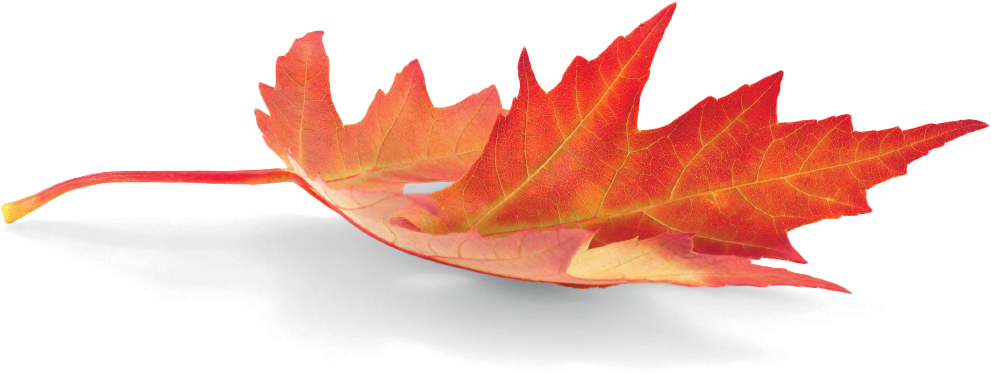
START A COMPOST PILE
Cleaning up the garden will yield plenty of fallen leaves and plant debris for compost. In an out-of-the-way corner of the garden, mix green and dry materials with a shovelful of soil and an optional handful of fertilizer (any kind except a weed-and-feed product). Sprinkle with water weekly if there is no rain. You’ll have compost by spring, sooner if you turn the pile.

WINTER
Checklist
December
YAUPON HOLLY
{ILEX VOMITORIA}
Yaupon holly is a native evergreen that is drought tolerant and versatile—use it as a screen or foundation shrub. Female plants have small, bright red berries that persist through fall and winter and provide food for birds. Use ‘Pride of Houston’ for 6- to 10-foot hedges with berries. ‘Scarlet’s Peak’ is a columnar form that is excellent as an accent. ‘Nana’ (male) can be utilized as a low hedge in formal gardens.
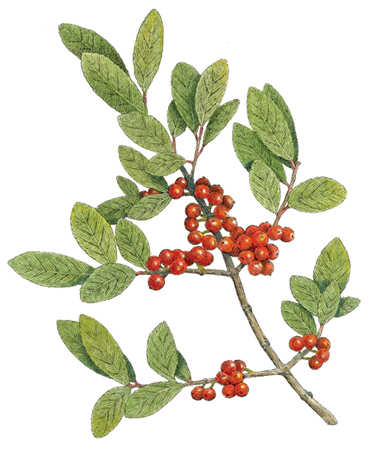
OTHER FAVORITES FOR A HOLLY, JOLLY CHRISTMAS
‘Nellie R. Stevens,’ ‘Dwarf Burford,’ ‘Stokes Dwarf’
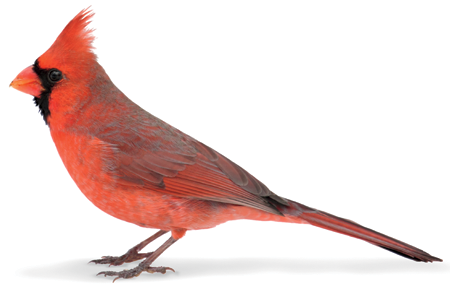
ATTRACT BIRDS
Cardinals, chickadees, titmice, and finches will flock to feeders this time of year. White proso millet, Nyjer seeds, and sunflower seeds will appeal to a wide range of birds. Hang feeders at least 5 feet off the ground and 10 feet away from vegetation and structures to deter predators. Water for drinking and bathing is also appreciated, with running water being the best.
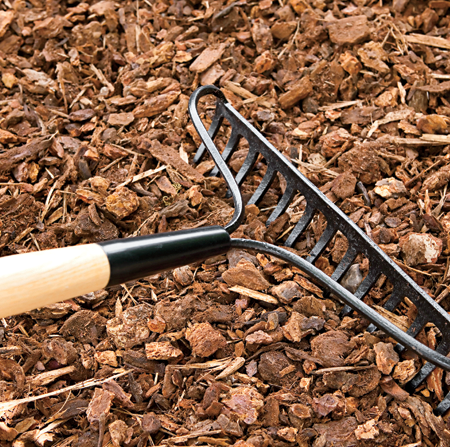
MULCH SHRUBS
Azaleas, boxwoods, hollies, and camellias will appreciate extra protection during winter. After the first frost, add a 2-inch-thick layer of finely shredded pine bark mulch or pine straw around the base of shrubs.
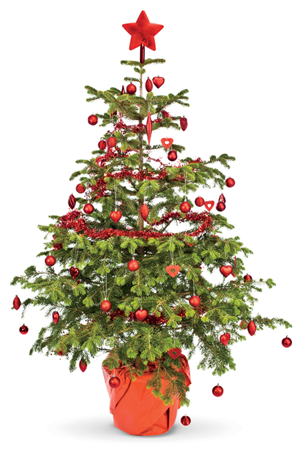
TRY A LIVE CHRISTMAS TREE
Decorate it for the holidays, and transplant into your yard later. For best results, locate the tree in a cool room away from heating ducts. Keep it watered, and don’t leave it in the house for any longer than a week.
January

LOOK AT YOUR FLOWERBEDS
Are they being shaded by nearby evergreens? Simply cutting a few branches can let more light onto your beds. If your containers of flowers are not blooming, move them to a new spot that receives more sun.
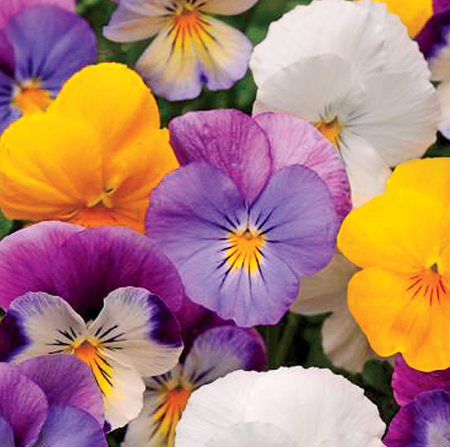
PERK UP VIOLAS
The happy blooms of these plants can get a little weary with cold weather. Jump to their rescue by removing spent blossoms and trimming leggy, discolored foliage with scissors. (Deadhead regularly to encourage prolific blooms.) Water your plants well, and let them drain. Then use a liquid fertilizer such as Schultz All Purpose Liquid Plant Food 10-15-10.

BUY CAMELLIAS
The best time to purchase common camellias (Camellia japonica) is when they are in bloom. Early-flowering selections include ‘Lady Clare,’ ‘Debutante,’ and ‘Professor Charles S. Sargent.’ Try ‘Kramer’s Supreme,’ ‘Nuccio’s Pearl,’ ‘Pink Perfection,’ and ‘Swan Lake’ for midseason blooms. For late-blooming shrubs, try ‘Purity’ and ‘Governor Mouton.’
FLOWERING QUINCE
{CHAENOMELES SP.}
This reliable shrub is one of the earliest blooms of winter. It prefers a sunny location and well-drained soil. Plant several as an informal hedge or one as a specimen. Bloom colors can be white, pink, red, or orange.
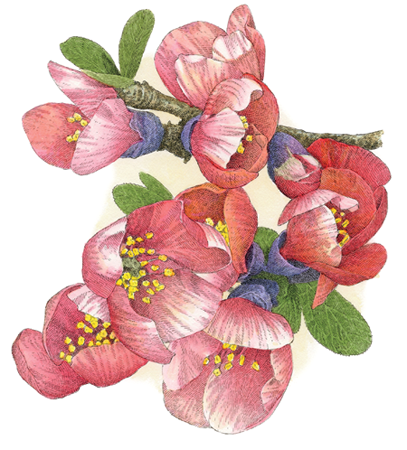
FLOWERING QUINCE SELECTIONS
‘Toyo-Nishiki,’ ‘Scarlet Storm,’ ‘Cameo'
February
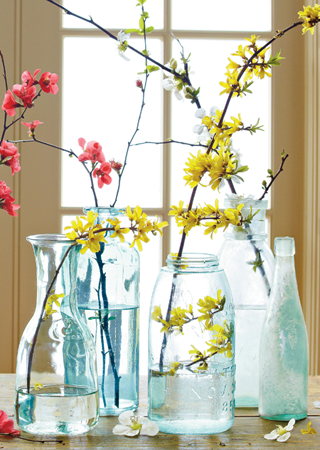
FORCE BRANCHES INTO BLOOM
When forsythia, quince, star magnolia, and saucer magnolia buds show a touch of color, they are easy to force into bloom indoors. Cut branches, taking care not to destroy the natural shape of the plant. They should be in full bloom several days after you place them in a vase of water indoors.

PRUNE TREES
Except for maples and birches, now is a good time. If limbs are more than an inch in diameter, use this method: Make the first cut on the underside of the limb 6 inches away from the trunk. Cut about half the thickness of the branch. At the top of the limb, cut it off halfway between the underside cut and the trunk. Cut the stub within ½ inch of the trunk.
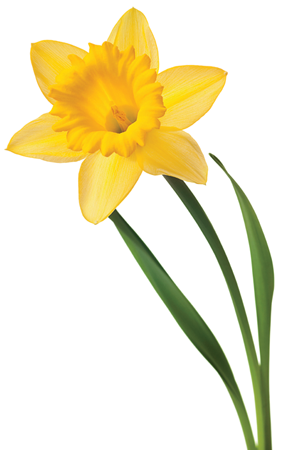
HOW TO PICK A DAFFODIL
Don’t cut the stem, says Brent Heath of Brent and Becky’s Bulbs in Gloucester, Virginia. The bloom will last longer in water if you use your thumb and finger to snap off the stem at the base so it has a white bottom.

FIND YOUR ZONE
• Upper South
USDA ZONE 6 (lightest)
• Middle South
USDA ZONE 7 (light)
• Lower South
USDA ZONE 8 (medium)
• Coastal South
USDA ZONE 9 (dark)
• Tropical South
USDA ZONE 10 (darkest)
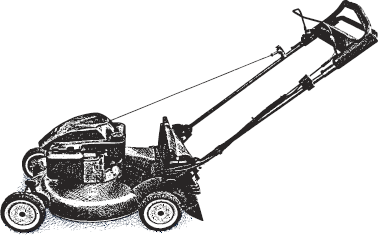
BELIEVE IT OR NOT, CUT THE GRASS!
A dry winter day is a good time to mow a dormant, warm-season lawn. This grooms the lawn and removes fallen leaves and pine needles. It also allows you to inspect your yard for winter weeds. Control them by spraying when the weather warms in spring.
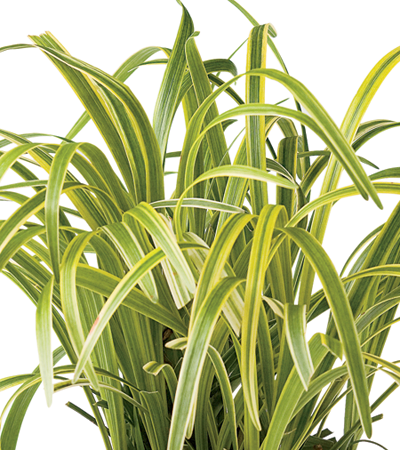
TRIM LIRIOPE
Now is a great time to groom your liriope and mondo grass before new leaves emerge. Cut small plantings by hand; for larger ones, use a lawn mower with the blade set 2 ½ to 3 inches high, or use a string trimmer. Be careful not to cut the foliage too short, or you may damage this season’s new leaves.